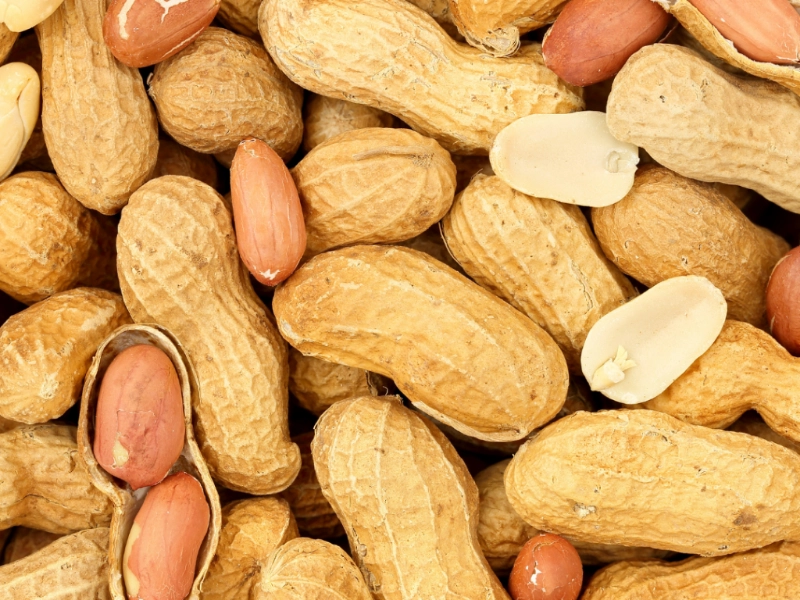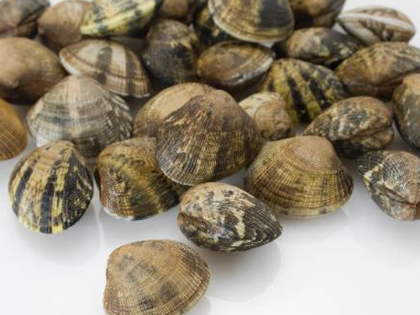Nuts' Function In Sustaining Normal Blood Pressure
High-nutrient, whole-food diets can help control and reduce blood pressure. Try swapping out processed meats for omega-3-rich fish for anti-inflammatory effects, or whole grains and pseudograins like quinoa for refined carbs. Nuts are rich in protein, good fats, and magnesium, among other essential components. They also supply L-arginine and plant sterols, which both lower cholesterol.
A good source of protein is nuts.

They provide a healthy amount of dietary fibre.
 Nuts are an excellent source of other minerals and dietary fibre that can help decrease blood pressure. They also contain less sodium, which is crucial for reducing the risk of hypertension. This is particularly true for unsalted or unfried nuts. Additionally, they include magnesium and potassium, both of which can lower high blood pressure. They also contain a lot of calcium, which is good for bones and helps keep blood pressure levels regular.
Research has demonstrated an inverse relationship between nut consumption and obesity as well as other cardiovascular risk factors and inflammation. Consuming nuts was linked to lower levels of interleukin-6 and C-reactive protein in the blood among individuals in cross-sectional research who had a healthy body mass index.
Essential fatty acids, which are crucial for heart health and brain function, can also be found in nuts. Additionally, they include arginine, which is required to produce nitric oxide, a substance that relaxes constricted blood vessels and enhances blood flow. Nuts are also a good source of carotenoids, phytosterols, potassium, vitamin K, selenium, and vitamin E.
Nuts are an excellent source of other minerals and dietary fibre that can help decrease blood pressure. They also contain less sodium, which is crucial for reducing the risk of hypertension. This is particularly true for unsalted or unfried nuts. Additionally, they include magnesium and potassium, both of which can lower high blood pressure. They also contain a lot of calcium, which is good for bones and helps keep blood pressure levels regular.
Research has demonstrated an inverse relationship between nut consumption and obesity as well as other cardiovascular risk factors and inflammation. Consuming nuts was linked to lower levels of interleukin-6 and C-reactive protein in the blood among individuals in cross-sectional research who had a healthy body mass index.
Essential fatty acids, which are crucial for heart health and brain function, can also be found in nuts. Additionally, they include arginine, which is required to produce nitric oxide, a substance that relaxes constricted blood vessels and enhances blood flow. Nuts are also a good source of carotenoids, phytosterols, potassium, vitamin K, selenium, and vitamin E.
They provide a healthy amount of fat.
 Nuts are rich in unsaturated fat, particularly MUFAs and PUFAs, and are high in calories. Additionally, they contain a trace quantity of a-linolenic acid, an omega-3 fatty acid with cardioprotective qualities. Nut consumption was found to be negatively correlated with markers of obesity, such as body mass index and waist circumference, according to a recent meta-analysis of prospective cohort studies. Other dietary components have no bearing on this outcome.
Numerous cross-sectional and intervention studies' findings point to a possible link between nut consumption and a decreased risk of hypertension. These results nonetheless need to be interpreted cautiously. Age, gender, and obesity are a few factors that can alter the relationship between nuts and hypertension.
In the PREDIMED study, individuals with cardiovascular disease were randomised to either a control diet or a diet containing 30 g of mixed nuts per day. The oxidised low-density lipoprotein (LDL) cholesterol was dramatically reduced in the nut-enriched diet. Nevertheless, the study's sample size and duration were constrained.
Nuts are rich in unsaturated fat, particularly MUFAs and PUFAs, and are high in calories. Additionally, they contain a trace quantity of a-linolenic acid, an omega-3 fatty acid with cardioprotective qualities. Nut consumption was found to be negatively correlated with markers of obesity, such as body mass index and waist circumference, according to a recent meta-analysis of prospective cohort studies. Other dietary components have no bearing on this outcome.
Numerous cross-sectional and intervention studies' findings point to a possible link between nut consumption and a decreased risk of hypertension. These results nonetheless need to be interpreted cautiously. Age, gender, and obesity are a few factors that can alter the relationship between nuts and hypertension.
In the PREDIMED study, individuals with cardiovascular disease were randomised to either a control diet or a diet containing 30 g of mixed nuts per day. The oxidised low-density lipoprotein (LDL) cholesterol was dramatically reduced in the nut-enriched diet. Nevertheless, the study's sample size and duration were constrained.
They are an excellent magnesium source.
 Nuts are rich in dietary fibre and protein, both of which can reduce blood pressure. They also include L-arginine, an amino acid that can help the body produce more nitric oxide, which enhances vascular responsiveness. But be careful—nuts are also high in fat and sodium. Limit how much you eat.
Eating nuts is linked to a lower risk of cardiac death from CHD, especially sudden cardiac death. The unfavourable relationship is more pronounced for individuals who eat nuts more frequently than once a week, suggesting that frequent nut consumption lowers the incidence of cardiovascular events.
Eating raw, unsalted, and whole nuts is the best way to enjoy their health advantages. All the fibre, protein, and heart-healthy fats you require for a heart-healthy diet may be found in only a handful. Consider tossing some nuts on salads and other dishes or mixing a handful into your muesli. To make them easier to reach as a snack, you can also put them in jars.
Nuts are rich in dietary fibre and protein, both of which can reduce blood pressure. They also include L-arginine, an amino acid that can help the body produce more nitric oxide, which enhances vascular responsiveness. But be careful—nuts are also high in fat and sodium. Limit how much you eat.
Eating nuts is linked to a lower risk of cardiac death from CHD, especially sudden cardiac death. The unfavourable relationship is more pronounced for individuals who eat nuts more frequently than once a week, suggesting that frequent nut consumption lowers the incidence of cardiovascular events.
Eating raw, unsalted, and whole nuts is the best way to enjoy their health advantages. All the fibre, protein, and heart-healthy fats you require for a heart-healthy diet may be found in only a handful. Consider tossing some nuts on salads and other dishes or mixing a handful into your muesli. To make them easier to reach as a snack, you can also put them in jars.








